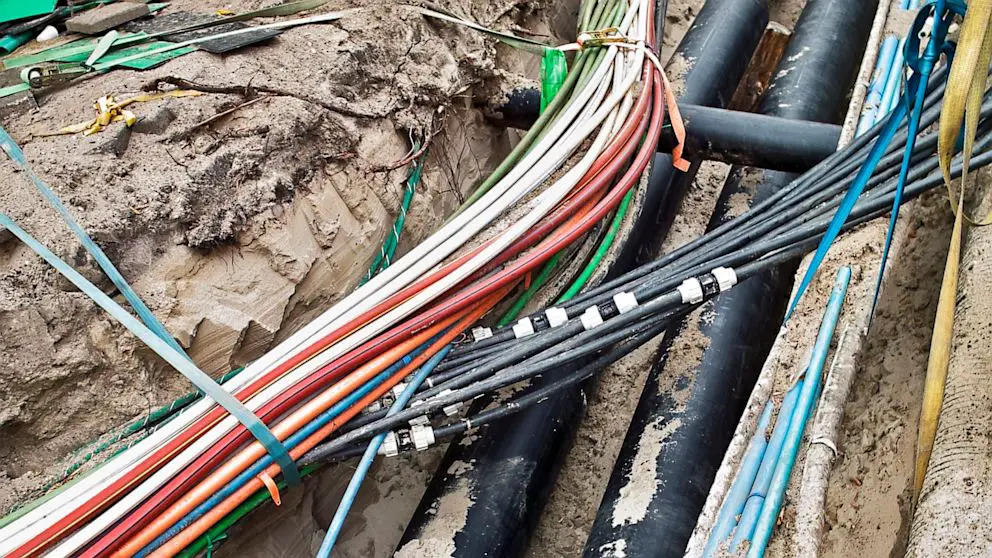The underground electric power transmission cables more benefits of health ecological due to noise reduction and superior plants management.
Underground power cable life expectancy.
For example a household fixed wiring cable with typical electrical loading wired using the appropriate wiring guidelines could be expected to last 20 years.
A cable in a underground ductbank concrete encased would afford greater protection to phycial damage than the direct burial ones.
Underground cable testing and life expectancy diagnostics kevin j.
The standards that cables are manufactured to do not specify a particular life expectancy.
Electric power research institute 2010 portfolio underground transmission program 36.
Cable injection technology involves the injection of a diffusive water reactive material into the conductor core of a buried power cable insulated with solid dielectric materials.
Underground transmission lines have higher life cycle costs than overhead transmission lines when combining construction repair and maintenance costs over the life of the line.
Cable life extension methods.
Many of the mv power cables operating in commercial electric utility and industrial locations can be exposed to a variety of environmental.
Also cable buried deeper at least code recommended depths and below frost lines would last longer than shallow ones.
There are a number of challenges in submarine and underground cable study report.
Costs an underground 230 kv line costs 10 to 15 times the cost of an overhead line due to time materials processes the need to include.
Also how it is buried also affects life expectancy of the cables.
Mv power cables are qualified by various manufacturers to provide a specified life of anywhere from 20 to 30 years of continued service in optimal environmental and operating conditions.
Power transmission through underground power cables is up to 550 kv.
The lifespan of underground electric power transmission cables has low compared to overhead cables.
Life expectancy underground high voltage transmission lines have a life expectancy of 40 years while overhead lines have a life expectancy of more than 80 years.









